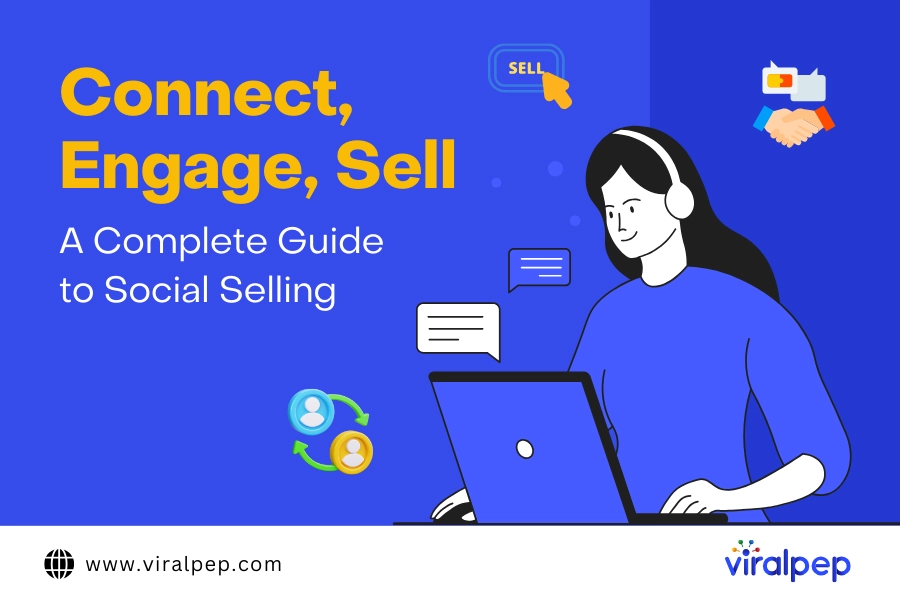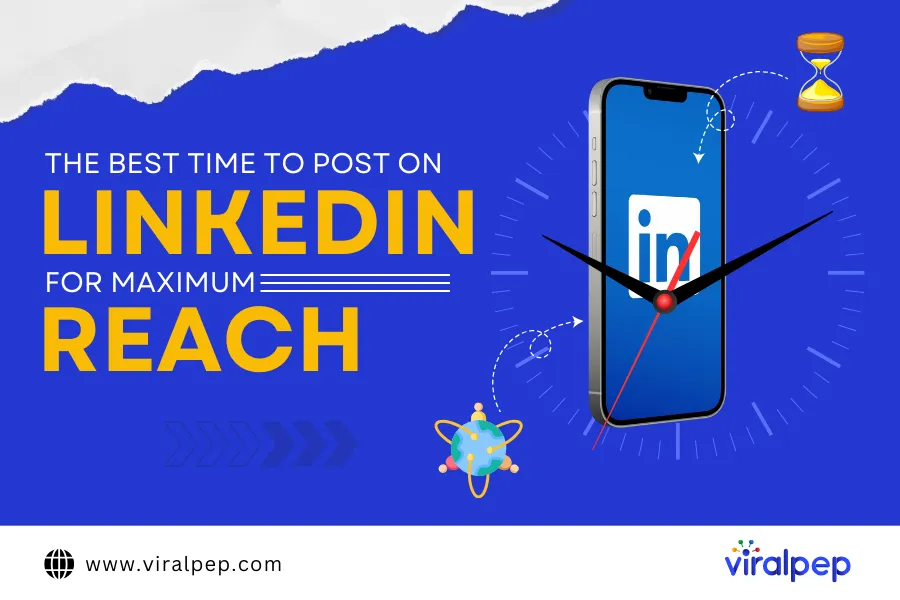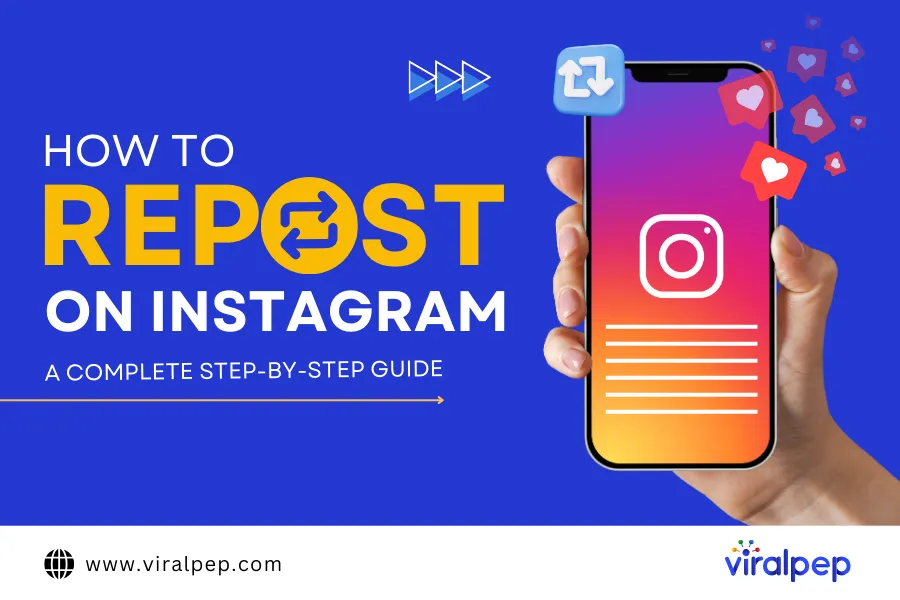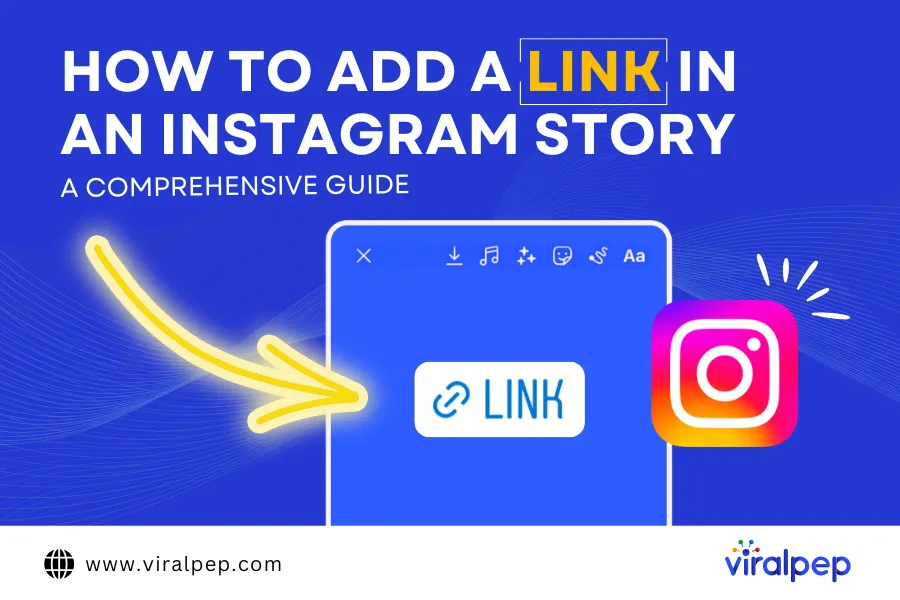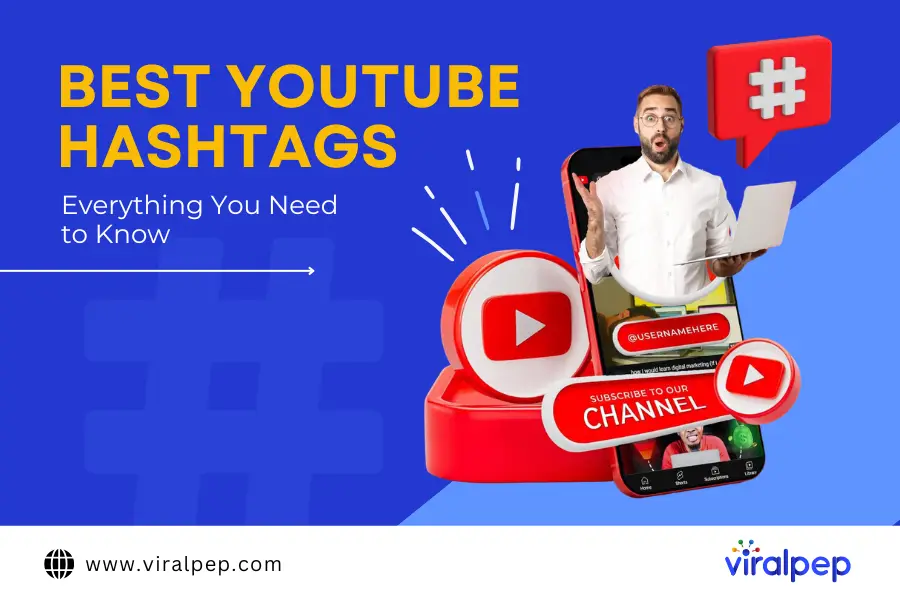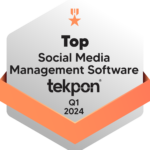Social selling is reshaping the sales landscape. Yep, you heard that right!
Social selling is all about leveraging social media to generate leads and build relationships. It’s a crucial part of nurturing connections, building trust, and engaging with your target audience to drive sales.
We’ve been living in the era of selling on social media for a while now. Whether you’re familiar with the term or not, you’ve likely witnessed this approach: using popular social selling platforms like LinkedIn, Facebook, Instagram, and Twitter to forge relationships, interact with prospects, and close deals. It’s not just a trendy buzzword; it represents a fundamental shift in how we approach sales in our interconnected world. And it has the potential to enhance your sales strategy significantly.
Social selling, social sales, selling on social media, or social selling with LinkedIn merges the worlds of sales and social media. It’s where sales professionals connect with and nurture potential customers online, combining classic sales principles with the power of social selling platforms for a more effective, comprehensive approach.
The benefits of social selling are numerous. From gaining real-time insights into your prospects and personalizing your interactions, to shortening the sales cycle, social media selling tools open up a wealth of opportunities. For instance, LinkedIn found that 78% of social sellers outperform those who don’t use social media.
You might be wondering how selling on social media can transform your business. Don’t worry; this guide has you covered!
This guide will walk you through best practices and actionable steps to excel at social media selling.
Let’s dive in.
What Is Social Selling?
First, let’s clarify what social selling is—and what it isn’t.
Social selling is not about spamming strangers with unsolicited pitches on social media. It’s about using social networks to find, understand, and engage with prospects meaningfully and personally.
In a nutshell, social selling involves using platforms like LinkedIn, Facebook, and Instagram to add value to potential customers—answering questions, responding to comments, and sharing relevant content—until they view you as a trusted leader in your field.
Traditional sales tactics, such as cold calling and generic emails, no longer cut it. Today’s customers are digitally savvy and expect a more personalized approach. They conduct their research, seek out opinions, and prefer to engage with salespeople on their own terms. Social selling platforms allow you to connect with customers where they are—on social media—and build relationships that foster trust and lead to sales.
The choice of social selling platforms will depend on where your prospects hang out and which platforms align best with your offerings. Here’s a quick overview of the best social media for selling products:
- LinkedIn: The go-to platform for B2B social selling, offering a wealth of professional data and opportunities for thought leadership.
- Facebook: With its vast user base, it provides diverse targeting options and a more relaxed environment for engagement.
- Twitter: While its popularity has shifted somewhat, Twitter is excellent for real-time interaction and social listening.
- Instagram and Pinterest: Ideal for businesses with strong visual content, these platforms are powerful tools for engagement.
- Threads: Meta’s latest social platform, which gained 100 million users within its first week of launch in July 2023. It’s similar to Twitter and is rapidly gaining popularity.
Understanding what is social selling and its vital role in the modern sales process is the first step toward mastering it. Let’s explore how you can build your own foundation for social selling success.
How Does Social Selling Work?
Thinking about diving into selling products on social media for your biz? Start by setting up your branded profiles on the major social selling platforms. Or, if you’re looking for a shortcut, team up with influencers in your niche who already have a loyal following.
The magic of social selling is all about creating social media content that really clicks with your target audience. Ensure your posts show that your brand gets your customers and vibes with their values. But don’t just hit “post” and walk away—get involved! Join the conversation, stay on top of trends, and hit up those direct messages.
Your goal here isn’t just to close sales but to build solid, ongoing relationships with potential buyers. Social selling is more about generating leads and growing your brand than just pushing for quick sales. Keep it real, stay engaged, and watch your brand’s influence grow.
Why Is Social Selling Crucial In The Digital Era?
In the digital era, buyers have a world of information at their fingertips. They research products, dive into reviews, and compare options before making a purchase decision.
Traditional sales methods can feel pushy and outdated in this context. Modern buyers prefer a consultative approach where salespeople offer genuine value and insights rather than just pushing a hard sell.
-
Influencing Buyer Decisions
In a world dominated by social selling platforms, your online presence can make or break your chances of winning over a customer. A solid social selling strategy helps you build credibility and position yourself as a trusted advisor in your field.
People are more inclined to engage with someone they see as knowledgeable and approachable, rather than a faceless entity.
-
Building Trust and Credibility
Trust is the foundation of any successful sales relationship. Social selling allows you to foster trust by sharing valuable content, engaging in genuine conversations, and showcasing your expertise.
As you connect with your audience, you create a rapport that goes beyond just transactions, helping to build long-lasting customer loyalty.
-
Essential Social Selling Strategies
Your personal brand is your online persona—it’s how potential customers perceive you. Here’s how to build a strong personal brand:
- Optimize Your Profile: Make sure your social media profiles are polished and complete. Use a clear, professional photo, craft an engaging bio, and make your contact details easy to find.
- Be Consistent: Keep your tone and message consistent across all your platforms. Consistency helps you build recognition and trust with your audience.
- Showcase Your Expertise: Share your insights and knowledge through posts, articles, and comments. Establish yourself as a thought leader by providing valuable content that resonates with your field.
What Are the Benefits of Social Selling?
Adopting a social selling strategy brings several key advantages
-
Unlock New Market Opportunities
Social media has become a central hub for buyers, especially younger generations who spend significant time online. These users are more likely to engage with social media content and consider it an important factor in their purchasing decisions. For brands aiming to connect with these customers, social selling offers a powerful avenue to tap into new markets and drive engagement.
-
Gain Insights into Customer Preferences
A crucial element of social selling is social listening, which involves tracking social media interactions to understand customer preferences and behaviors. Marketing teams can analyze how consumers engage with posts and identify popular content trends. Similarly, sales teams can observe public discussions about their products or services to identify opportunities for interaction and support.
Social listening also helps you stay informed about trending topics, even if they don’t directly mention your business. Engaged social media followers can provide valuable feedback through surveys and direct interactions, giving you insights into their interests and opinions on potential product updates or new launches.
-
Enhance Your Brand Equity
Social selling is an effective way to build and strengthen your brand’s reputation. By focusing on posting valuable content and engaging in genuine conversations, you foster long-term relationships with your target audience. Both individuals and B2B clients are more likely to prefer brands with whom they have an established connection. Consistent, meaningful engagement helps you build a positive reputation and enhances your brand equity over time.
Key Pillars of Social Selling
-
Prospecting: Identify and Connect with Your Ideal Buyer
Prospecting is about identifying and reaching out to potential buyers or influencers who can drive your sales.
Start by creating a buyer map. This tool helps pinpoint your ideal customers, understand their buying behaviors, and tailor your sales pitch to address their needs. Here’s how to map out your buyers:
- Define Your Ideal Customer: Identify the industry, company size, and stage where your product fits best.
- Identify Key Stakeholders: Determine who is involved in the buying decision and what challenges you can solve for them. For instance, a Sales CRM might address pipeline visibility for sales managers, ROI for CFOs, or process streamlining for COOs.
- Target Titles and Keywords: List relevant job titles and keywords, like Sales Manager, VP of Sales, or Head of Business Development.
Now you’re ready to start prospecting. Potential outreach channels include cold calls, emails, in-person events, webinars, referrals, and social media.
-
Content Creation & Distribution: Develop and Share Valuable Materials
Effective social selling relies on high-quality content. Your marketing team should provide valuable content assets like videos, blogs, eBooks, case studies, and sales scripts. Maximize content effectiveness with:
-
- Marketing Collaboration: Sales and marketing teams should work together. Sales reps can offer insights into common buyer questions and pain points, helping marketing create more targeted content.
- Organize and Update Content: Ensure content is easy to find and up-to-date. Avoid disorganized systems with numerous files and folders that waste time and lead to outdated information. Use employee advocacy or sales enablement tools to streamline content management.
Sales Enablement Solutions:
-
- Centralize content access, so reps can quickly find and share approved materials.
- Keep reps informed about industry trends and company updates.
- Track engagement to see what content performs best.
-
-
Social Listening: Monitor Brand Conversations and Trends
Social listening involves monitoring conversations about your brand on social media. This includes mentions, product discussions, and customer feedback.
- Track Brand Mentions: Use tools to monitor mentions and keywords related to your brand.
- Set Up Alerts: Monitor your target prospects’ activities, such as leadership changes or funding events, to seize engagement opportunities.
-
Managing Social Relationships: Oversee Engagement and Follow-Ups
Managing a social selling program requires handling interactions across multiple platforms. To streamline this process, utilize Sales Engagement Tools, as they assist in the following ways:
- Consolidate interactions from various channels into a single dashboard.
- Notify you when to reply, follow up, or engage with posts.
- Provide real-time insights into prospect activity.
- Monitor individual reps’ performance and content effectiveness.
-
CRM Integration: Turn Social Interactions into Sales Opportunities
The ultimate goal is to turn social conversations into tangible sales.
- Centralize Lead Data: A CRM helps capture and centralize lead information from all sources, including social media, your website, PPC campaigns, and more.
- Manage Sales Processes: After initial social interactions, use your CRM to schedule meetings, manage your sales workflow, and automate follow-ups.
- Boost Retention & Value: A CRM can help keep existing customers engaged, identify upsell opportunities and manage dormant accounts.
- Align Sales and Marketing: Integration with your CRM ensures transparency and accountability between teams.
Implementing these components will enhance your social selling strategy, helping you build relationships and drive sales effectively.
Best Practices for Social Selling: Examples and Action Items
Here are some recommended best practices for developing a robust social selling strategy.
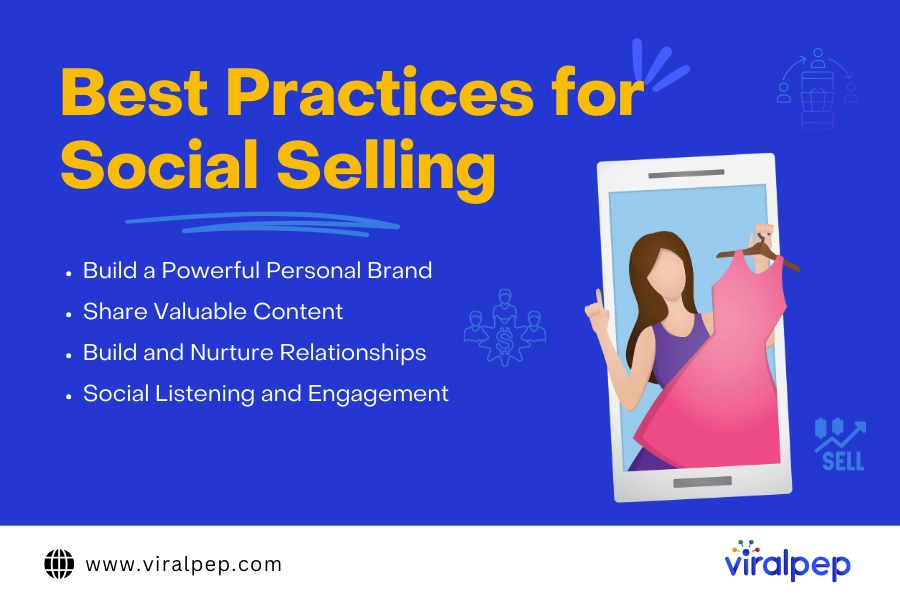
-
Build a Powerful Personal Brand
A compelling personal brand is essential for effective social selling. Your online presence should clearly convey who you are, what you do, and how you provide value. Here’s how to get started:
- Optimize Your Profile: Ensure your social media profiles are complete and professional on the platforms most relevant to your audience. Include a high-quality headshot, a bio highlighting your industry experience, and details about your expertise and achievements.
- Showcase Your Expertise: Regularly share content demonstrating your knowledge and leadership. From tips and tricks to curated articles and short videos, consistently posting valuable content will build your credibility and enhance your brand.
- Show Your Personality: People are interested in the person behind the product or service. Let your personality shine through your online interactions so that people feel a genuine connection with you.
-
Share Valuable Content
Content is the currency of social selling. It’s what you exchange for your audience’s attention. Here are some tips to get you started:
- Curate Relevant Content: Subscribe to industry publications and newsletters relevant to your niche. Regularly review these sources for content that would interest your audience and share it on your social platforms.
- Create Original Content: While curating content is valuable, producing your own unique insights is even better. Start with short tips and tricks for social posts, and consider writing articles for LinkedIn. Short selfie videos sharing product tips or industry dos and don’ts can also be effective.
- Mix Up the Format: Engage your audience with various content formats such as videos, live streams, slideshows, and carousels. Collaborating with other thought leaders on posts can also help expand your reach.
-
Build and Nurture Relationships
Social selling is about fostering relationships, not just making connections. Here’s how to cultivate these relationships:
- Engage Daily: Go beyond just liking posts. Spend 5-10 minutes each day leaving thoughtful comments and participating in conversations with your followers.
- Follow Up Consistently: Maintain contact with your connections even when you’re not actively selling to nurture the relationship. Tools like social CRM systems can help automate this process.
- Personalize Your Messages: Customize your interactions based on each connection’s interests and needs. Keep notes about your key contacts to personalize your communications effectively. Again, a social CRM can assist with this.
-
Social Listening and Engagement
Social listening—monitoring mentions and tags of your brand on social platforms—is crucial for understanding your prospects and customers. Here’s how to practice effective social listening:
- Monitor Relevant Conversations: Use social media analytics tools to track conversations about relevant topics, brands, or keywords.
- Respond Timely: Quick responses are key. Address mentions, comments, and direct messages as promptly as possible—ideally within minutes.
- Track Competitors: Keep an eye on your competitors to gain insights into their strategies and customer feedback.
Implementing these best practices can significantly enhance your social selling efforts. Remember, social selling isn’t a one-size-fits-all approach. Experiment with different strategies to discover what works best for you and your audience.
Final Thoughts
Social selling isn’t just a fleeting trend; it’s a total game-changer for today’s sales scene. Leveraging the best social selling tools, building genuine connections, and offering valuable content to your audience can set you apart from your competitors. Try these strategies and witness a remarkable improvement in your sales efforts.
Mastering social selling means building solid relationships and growing your customer base like a pro.
Stick with these basics and keep tweaking your approach, and you’ll get to know your market inside out, speed up your sales cycle, and see your revenue rise. If you’re ready to level up your social media game, check out Viralpep —it’s your go-to tool for supercharging your social selling success.


